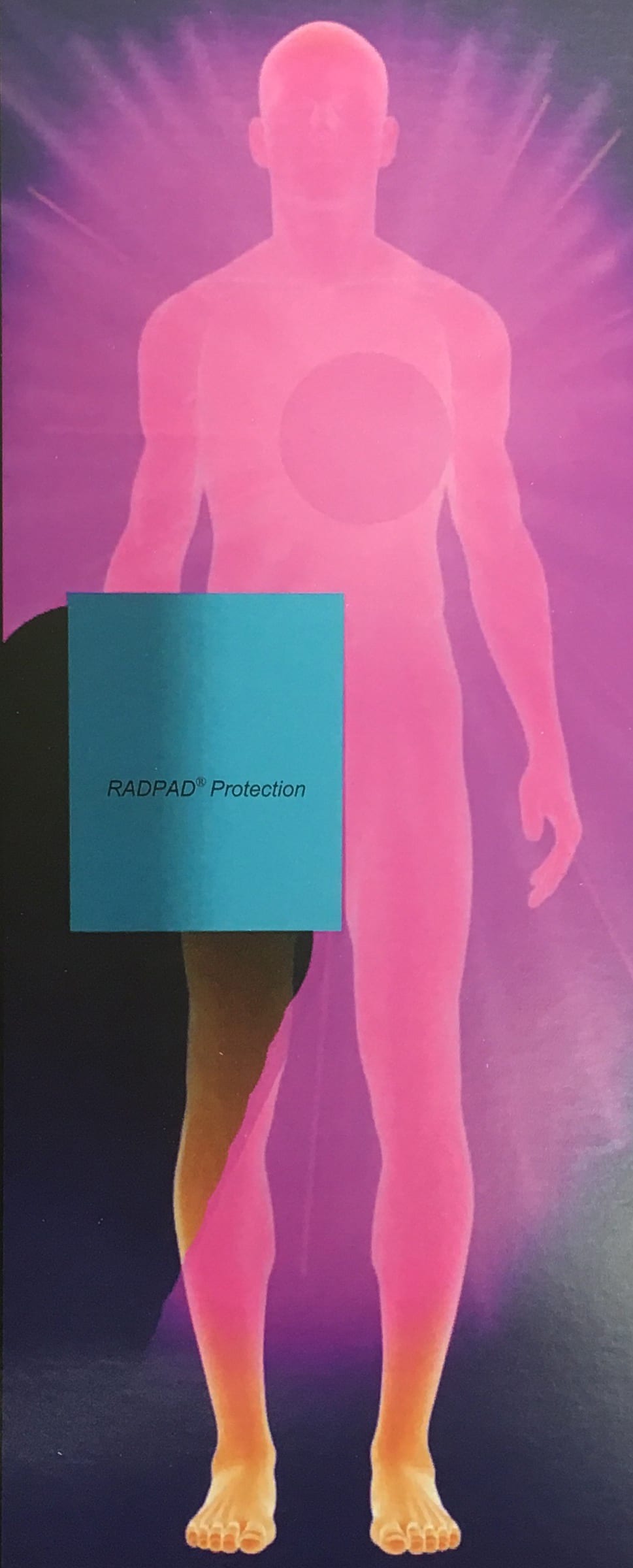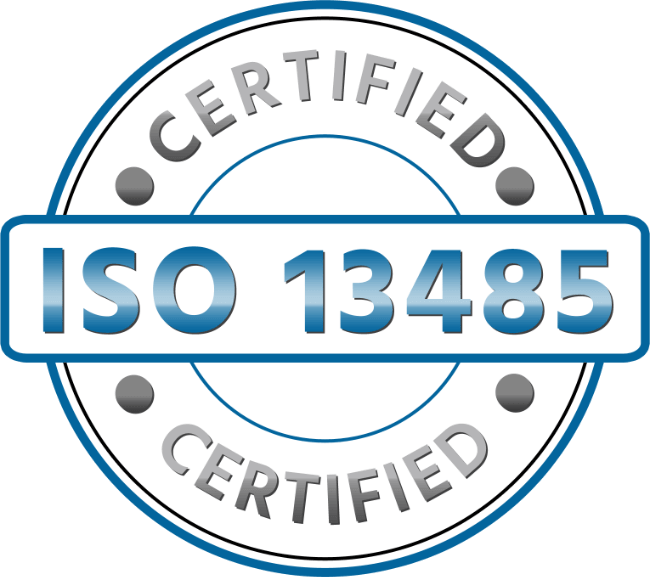Radiation Exposure May Increase Alzheimer’s Risk – How Can You Stay Protected?
June is National Alzheimer’s & Brain Awareness Month. More than five million Americans are living with Alzheimer’s, and deaths caused by the disease have increased by 89% since 2000.¹ Clinical studies have shown that exposure to low and high doses of ionizing radiation can be a risk factor in developing Alzheimer’s.²
The RADPAD® from Worldwide Innovations & Technologies, Inc. is a sterile shield comprised of specially developed radiation attenuating material, clinically-proven to protect both physicians and patients from the harmful effects of scatter radiation during fluoro-guided procedures and CT scans. The RADPAD® works by absorbing scatter radiation that is projected from the patient, as well as creates a “shade zone” for cath lab personnel so they are protected during interventional procedures. 
The RADPAD® No Brainer®, an attenuation material-lined scrub cap, is worn by physicians in the cath lab to protect the brain from scatter radiation during fluoro-guided procedures.
The RADPAD® Body Guard Sets, which are wraps fitted for adults, children, and infants, contain a separate wrap to protect the patient’s brain during CT examinations.
The RADPAD® is also important for protecting both physicians and patients from the increased risk of cancer due to exposure to radiation. In a clinical study, results showed that cancer risks from radiation remain elevated by 24% even after 15+ years of the first exposure.³
For more information on the RADPAD®, contact your local MED Alliance Group Sales Representative, call 888-891-1200 or email us.
¹ “2017 Alzheimer’s Disease Facts and Figures.” alz.org®, 2017, http://www.alz.org/facts/overview.asp.
² Begum, Nasrin; Mori, Masahiko; Vares, Guillaume; Wang, Bing. “Does ionizing radiation influence Alzheimer’s disease risk?” US National Library of Medicine National Institutes of Health. vol. 53., no. 6, 2012, pp. 815-822.
³ Mathews JD, Forsythe AV, Brady Z, et al, Cancer risk in 680,000 people exposed to computer tomography scan in childhood or adolescence data linkage study of 11 million Australians. BMJ. 2013; 346:f2360.




